Sliding Through Science History, Part 2
“I missed my slipstick,” says Clifford ‘Kip’ Russell, a character in Robert A. Heinlein’s novel Have Space Suit—Will Travel (1958), as he works through an astronomical calculation. “Dad says that anyone who can’t use a slide rule is a cultural illiterate and should not be allowed to vote. Mine is a beauty—a K&E 20-inch Log-log Duplex Decitrig.”
This mahogany K&E Model N4081-5 shown below—a luxurious 20 inches long—belonged to Dr. Louis Sokoloff of the NIH National Institute of Mental Health (NIMH), who won the Lasker Award for developing methods to map brain functions with color images using PET scans.
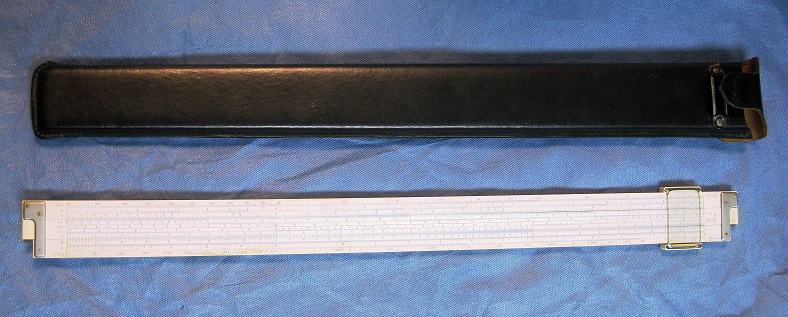
Dr. Sokoloff's work opened up the field of neuroscience by providing a way to image how brain function affects mental health.
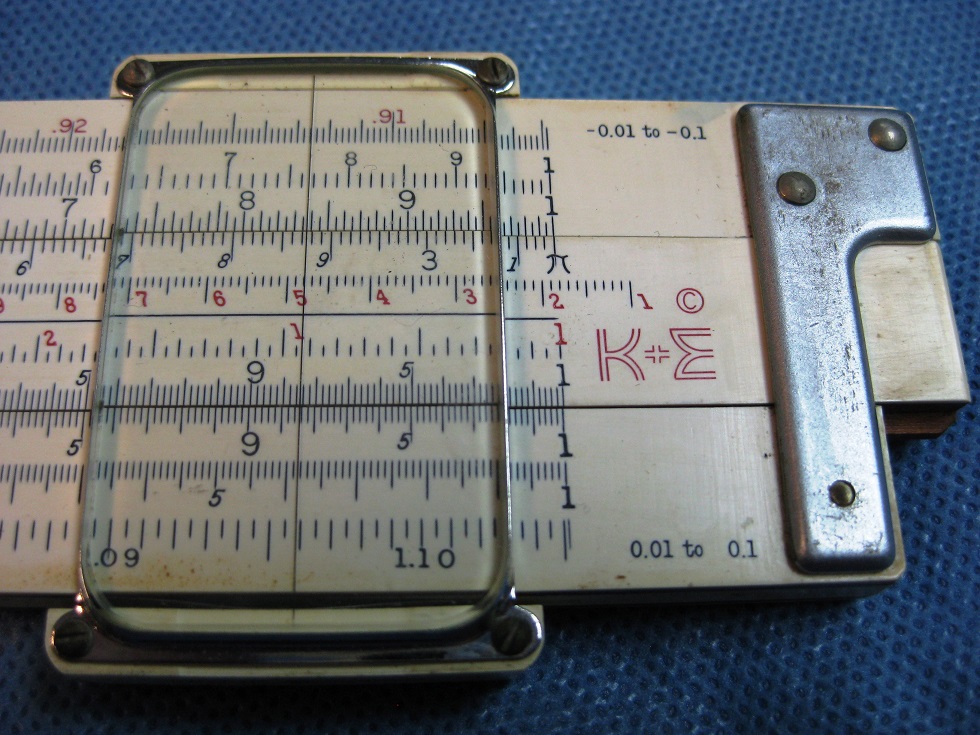
“More power!” demanded scientists, and Pickett & Eckel, Inc. responded with the Power Log Exponential Slide Rule, Model N 3-ES. The power came from the number of scales (27-31) and the use of lettering, which enabled the log-log scales to be doubled. The “N” meant it offered an improved cursor and the “ES” meant it was in “eye saver” yellow. Pickett dropped the Eckel name in 1949-50, and the logo dates from 1958-1962, but scientists would care mainly about its usability, not its date of manufacture.
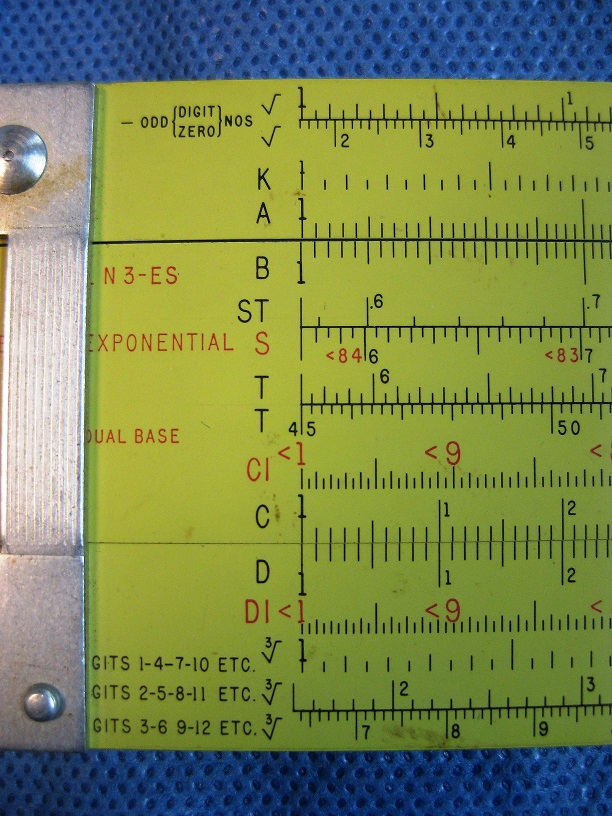
This powerful tool belonged to Dr. Joseph E. Rall, who did thyroid research and served as Scientific Director of NIAMS, NIDDK, and for the entire NIH. Rall became the first NIH Deputy Director of Intramural Research.
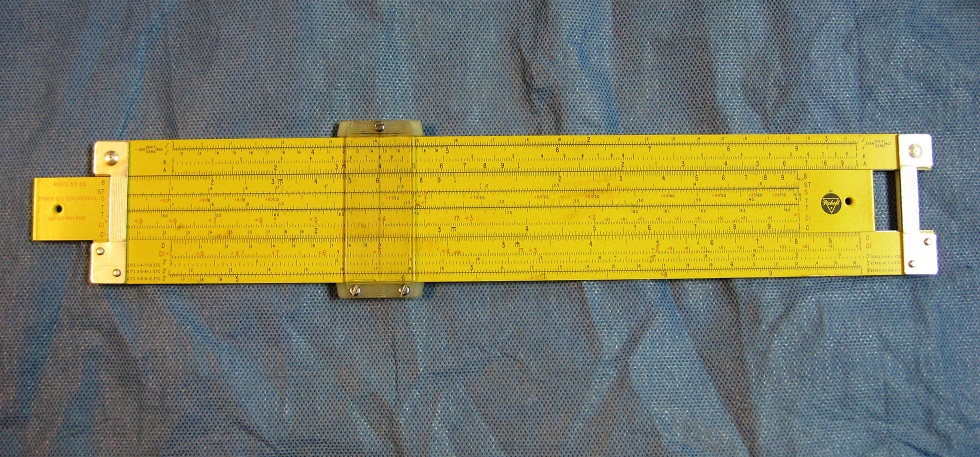
Are you beginning to think that slide rules look alike? If you could see the types and number of scales, you’d understand that each slide rule model is different. There are specialized scales for cubes, spheres, voltage, etc. Because slide rules are based on the relation of numbers to each other, and not just counting, they are good for teaching higher mathematical understanding. For a primer on what the scales mean see http://www.sliderule.ca/scales.htm.
This pocket-sized Dietzgen below was owned by Dr. DeWitt Stetten, Jr., the NIH Deputy Director who founded our museum. He also made notable contributions to metabolic research at several NIH institutes (NIGMS, NIAMS, NIDDK), and helped form policies for conducting recombinant DNA research.
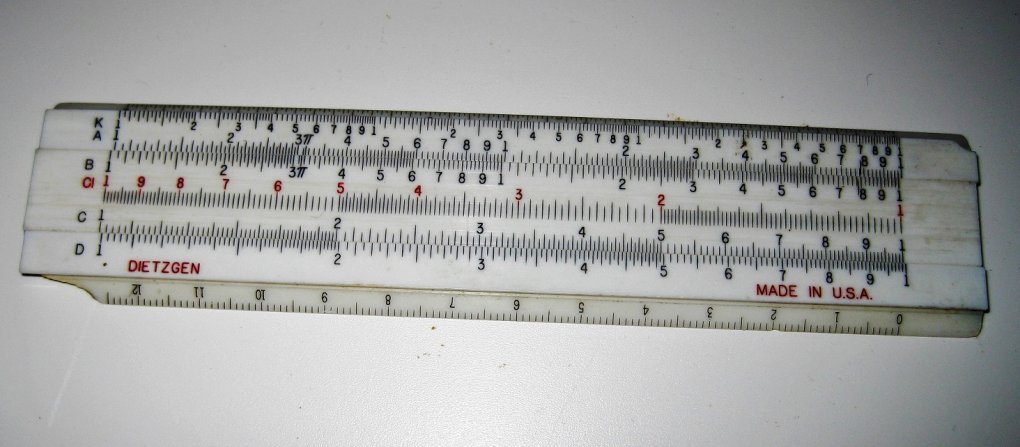
So now you’re in love with slide rules. Do you want to know how to use one? You can find manuals and tutorials online. You can also find resources and more history at the Oughtred Society’s website.
This Dietzgen Binary Slide Rule was used by Dr. Robert Berger, beginning in college. It was manufactured by the Gilson Co. for Dietzgen. On this slide rule, the separation between indicators can be taken from any scale and applied to any other, so it is as if any scale is sliding against any other scale. Berger worked at the National Heart, Lung, and Blood Institute (NHLBI) developing scientific instruments, many dealing with temperature, including the precursor to the digital thermometer.
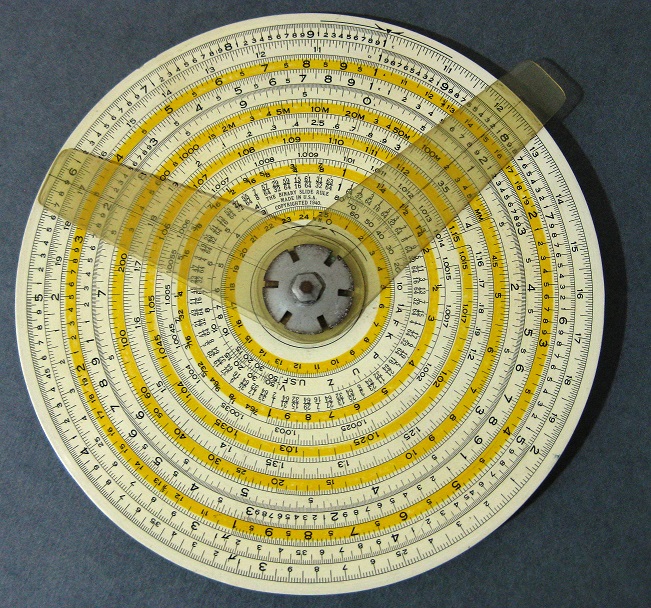
To view more awesome slide rules used in the past by IRP investigators, visit Part 1 of "Sliding Through Science History."
Related Blog Posts
This page was last updated on Wednesday, July 5, 2023
